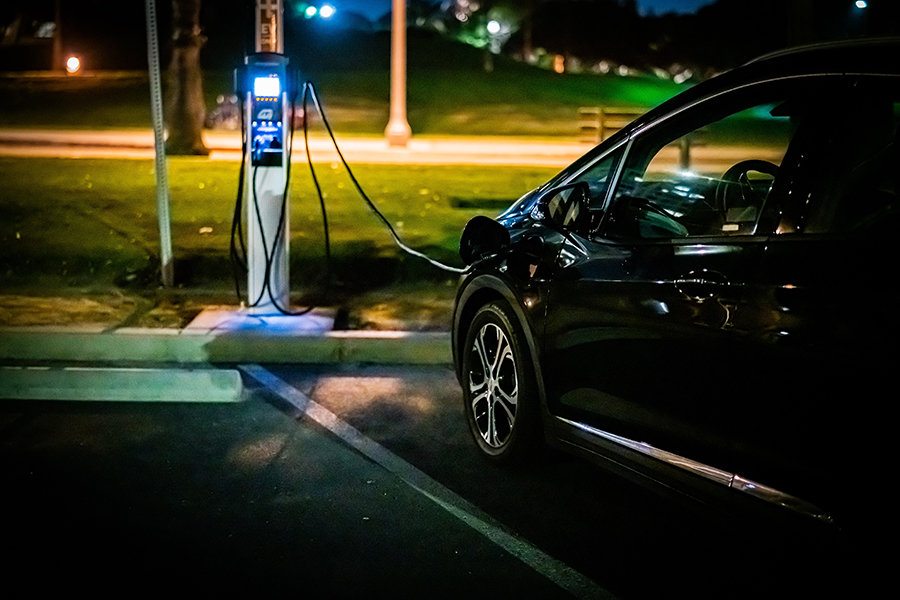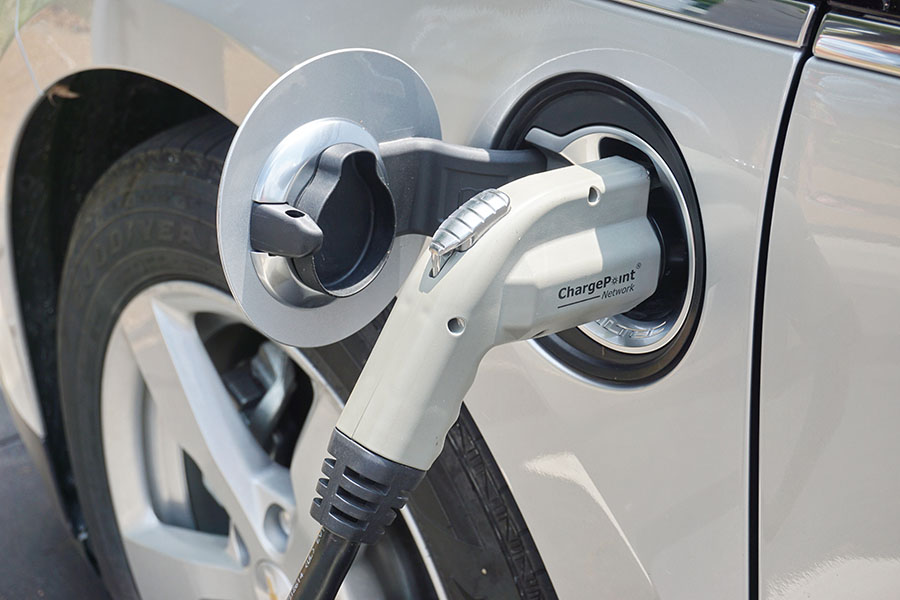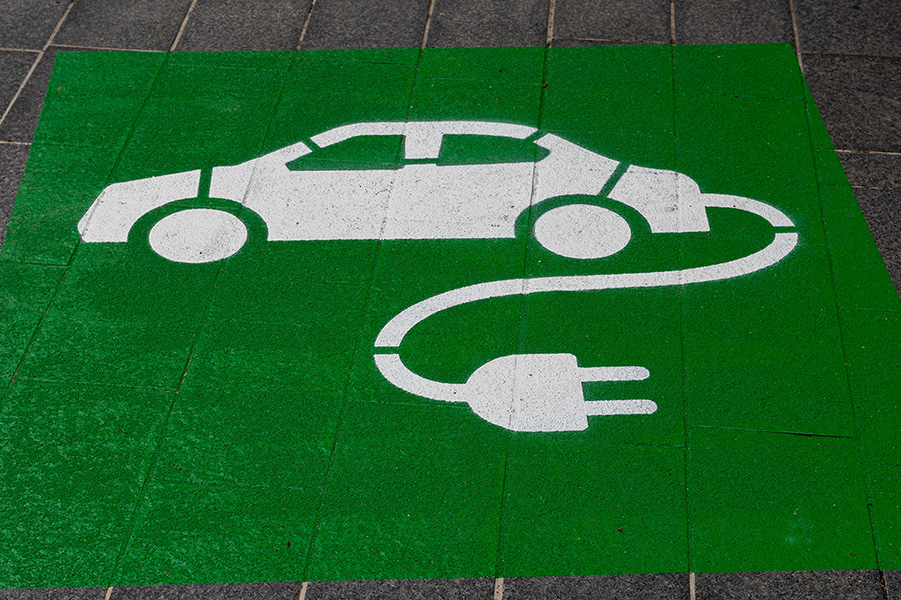We need more EV chargers. Here’s how MEP engineers can help.
ramaker insights
We need more EV chargers. Here’s how MEP engineers can help.
Do you know how many active EV chargers there are in the United States?
Roughly 50,000 and counting.
Ten years ago, that number may have sounded impressive. Startling, even. But here’s the thing: The amount of EV chargers active today pales in comparison to what experts predict we’ll need in less than a decade.
That’s where professional engineers come in. By providing a range of design and management solutions for EV charger implementations, MEP engineers are essential to scaling up EV charging station installations nationwide.
In this blog, we’ll explain how MEP engineers can help turnkey installers meet ambitious targets in the coming years and provide useful EV charging station design tips.

What role do MEP engineers play in EV charging station design?
We need more EV chargers. That means we need more professional engineers to design charging systems and successfully integrate those systems into existing infrastructure. Mechanical, electrical, and plumbing (MEP) engineers help turnkey EV charging station installers do exactly that. By managing site design and navigating project specifications, MEP engineers provide clarity to EV charger installation projects—and with demand for EV chargers rising rapidly, clarity is vital to the implementation process.
Although project specifications and scope may vary depending on site location and charger types, the role of MEP engineers in charging station implementations typically comes down to two things: design and development. From site selection to negotiating responsibilities with local utility companies, MEP engineers are invaluable consultants throughout the project lifecycle. Their responsibilities may include:
- Site selection and consulting services
- Designing systems that can handle peak demand
- Providing full equipment documentation for contractors
- Providing complete electrical documentation
- Selecting the most efficient and cost-effective charging equipment for the site
- Negotiating site responsibilities with local utility companies
At the end of the day, MEP engineers help installers ensure that final on-site connection is seamless and that the charging stations are designed to withstand peak demand.


3 design considerations for EV charging sites
Installing EV charging stations? Consider these common design concerns first.
Which levels of EV chargers do you need?
Today’s EV charger market offers solutions for every type of space. Which EV charger is best for your location? The answer will depend on where your chargers will be installed, who will use them, and what level of demand you anticipate.
There are three levels of electric vehicle chargers: Level 1, Level 2, and Level 3 (also known as DC fast chargers). Many charging stations installed in public, commercial, and workplace environments are either Level 2 or Level 3 chargers. While Level 2 chargers typically use 208–240-volt circuits, DC fast chargers require 480-volt, three-phase electrical service. For this reason, Level 3 chargers are more expensive to install.
As you determine which type of EV charging station is right for your property, consider the amount of time end users will be spending at your property. Are they only visiting for a quick charge? If so, fast chargers may be required. You may also consider which types of chargers are common in your area and which level of EV charger best aligns with your budget. Remember: electrical engineers with EV charging station design experience can help you balance what’s necessary to meet service demands with what’s cost-effective for your site.
How much power do you need to support your EV charging stations?
Let us state the obvious. First and foremost, charging electric vehicles requires—you guessed it—electricity.
One of the most important determinations in EV charging station design is how much electrical supply the site needs. Location, scale, and charger requirements will all affect a charging station’s electrical design. For this reason, it’s important to collaborate with electrical engineers, equipment providers, and local utility companies. These professionals can help site owners estimate power requirements and plan the site accordingly.

Site layout and design
From equipment selection and desired end user experience to electrical needs and environment, a variety of factors will influence the design and layout of your electric vehicle charging stations. For instance, the electrical layout for a large-scale fast charging station will differ greatly from the electrical layout for two Level 2 chargers installed in an apartment parking garage. Again, it’s important to consult with an electrical engineer to consider your electrical needs and evaluate the amount of available space at your property (as well as how that space connects to existing mechanical and electrical infrastructure).
Design and Engineering for EV Charging Stations
Ramaker partners with industry-leading developers and contractors to engineer, design, and implement Level 1, Level 2, and Level 3 EV charging systems across the US. Our portfolio includes charging stations for electric cars, buses, trucks, and yard tractors in commercial, municipal, residential, and retail environments.
Need a design and engineering partner for your next EV charging station implementation? Get in touch with the Ramaker team.



